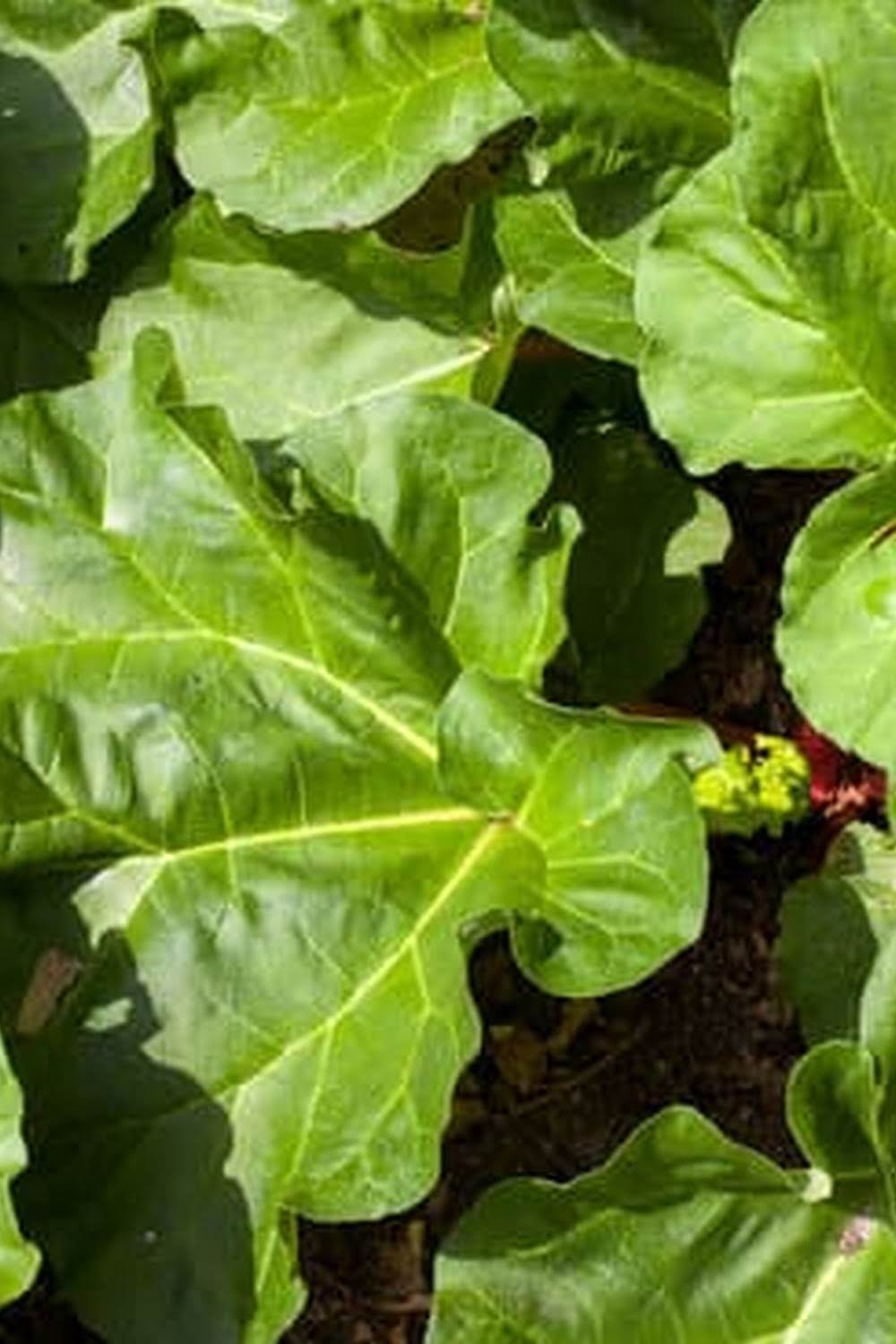Introduction
If you’re new to gardening or even if you have previous experience, planning a vegetable garden can be an overwhelming task. But with a bit of research and organization, you will soon find that growing your own vegetables isn’t as hard as it seems. Not only is it rewarding, but it also provides a sense of achievement when you see the fresh fruits and vegetables that you’ve grown yourself. Vegetable gardens are great sources of free nutritious food while also providing therapeutic benefits such as stress relief and even opportunity for physical exercise. Additionally, science has proven that growing your own food preserves our environment by reducing the expense related to transportation of produce. Planning your own vegetable garden is relatively simple though there are many details to consider along the way. To help make this process easier for beginners, below are some tips to help plan a successful vegetable garden:
Location Selection
Climate – Different vegetables have different optimal growing climates. Cool-season vegetables like radishes and peas thrive in cooler temperatures, while warm-season crops like peppers and tomatoes require multiple hours of sunshine and warm temperatures. When selecting a location for your vegetable garden, ensure the climate conditions are correct and appropriate for the types of plants you want to grow.
Soil Type – The kind of soil in the area you intend to plant in will also be important when deciding on a vegetable garden location. Sandy soils may need more frequent irrigation, while heavy clay soils may require amendments and deep digging to allow root growth. Before selecting a space for your garden, consider its current soil type and whether or not it will support healthy crop growth.
Access to Sunlight – All vegetables need access to sunlight during the day in order to grow properly. Ensure you select an area with at least 8 hours of direct sunlight each day which is needed for most vegetable crops to thrive. This doesn’t necessarily mean eight consecutive hours—simply adding up total hours of sunlight throughout the day should give you an indication of whether an area is suitable for planting vegetables or not.
Soil Preparation
When planning a vegetable garden for beginner gardeners, it is important to take into account the soil conditions. Before proceeding with planting, the soil must be tested and amended as needed. This might include adding organic matter such as compost, manure or peat moss depending on the individual soil requirements. Testing kits are available at local gardening centers which gauge the pH of the soil, along with quantities of nitrogen, phosphorus and potassium needed to determine what levels need to be adjusted. Adding lime or sulfur can boost acidity or alkalinity while working compost into the soil helps it retain moisture better and adds necessary nutrients. Depending on the kinds of vegetables you intend to plant in your garden, different amendments might be required; root crops require loamy soil while tomatoes love well-drained sandy soils. Make sure to research each variety before deciding what amendments you need to make in order to create an ideal environment in which they will thrive.
Plant Selection and Propagation
Choosing the right vegetables for your garden is key to a successful harvest. Consider what type of vegetables you would like to grow, how much room and sunlight each vegetable needs, their individual harvesting times, and if any extra maintenance such as trellising or pruning is needed, to ensure that you’re set up for success. Get seeds from nurseries, gardening stores, seed catalogs and online stores that list all of the information you’ll need on the label of the seed packet such as planting depth, days to maturity and amount of space needed between plants.
Once you’ve selected the vegetables based on this criteria, it’s time to decide how best to propagate them. Vegetables can be propagated in several ways including planting seeds directly into warm soil outdoors and planting plugs indoors. Planting seeds directly into warm soil will require softening the soil before putting any seeds in with a trowel or hoe. Be sure to read the label carefully for seed depth since some vegetables require extremely shallow depths or deeper than others. Planting plugs requires getting pre-grown starts from your local nursery; this will save days off your growing cycle! Follow the directions provided on how far apart to plant each plug depending on whether it’s a bush or vine variety. Lastly be sure all of plants are properly marked so that no one accidentally pulls up wrong plants!
Mulching and Composting
Mulching and composting are two essential components of successful vegetable gardening, particularly for beginners. Mulch is material such as leaves, grass clippings, hay or straw that can be spread over the soil surface to improve water retention and suppress weed growth. This can decrease maintenance of the garden as well as help regulate soil temperature and prevent fluctuations, so plants have a consistent environment to grow in. Multi-purpose compost is an organic material that when spread into beds or containers of growing vegetables improves soil fertility while also providing essential nutrients like nitrogen, phosphorus and potassium. It increases the amount of air available around roots which prevents compaction and the breaking down of organic matter promotes better drainage so moisture levels in the soil are kept consistent. Applying mulch and compost can benefit gardens by retaining more moisture in hotter climates while keeping soils cooler during periods of excessive heat as well as allowing better nutrient exchange between soil particles which encourages healthy vegetation growth.
Weed and Pest Control
Weed and pest control in a vegetable garden for beginners can easily be accomplished just by taking few simple steps like:
• Mulching – Adding a thin layer of mulch on top of the soil helps to inhibit weed growth, prevent erosion and conserve water.
• Companion Planting – Planting cover plants next to your vegetables that attract beneficial insects like ladybugs, which help to keep pest populations under control.
• Hand Weeding & Pulling – Pulling weeds from the ground manually can help reduce weed population over time, but it’s important not to disturb the root systems of nearby plants when doing so.
• Natural Pesticides & Herbicides – Various natural products such as neem oil or garlic extract help repel pests while not affecting people or wildlife.
Irrigation Systems
When planning a vegetable garden, one of the most important considerations is ensuring that your plants are getting the proper amount of water. An efficient irrigation system gives your garden the best chance for success. Installing an irrigation system does not have to be difficult. There are a few common styles you can choose from and can often be done yourself with little effort or expense.
Sprinkler systems are probably the most cost-effective option, using relatively inexpensive components to distribute the water throughout your garden. Sprinkler systems use hoses and nozzles attached to valves that control when, where, and how much water is distributed throughout your garden space. Different types of sprinklers provide different types of coverage area per nozzle, so it’s important to think about what will give you the best result while keeping costs low.
You may also opt for drip systems if you’re willing to pay more up front in order to save money later on water bills due to their incredibly efficient water usage over time. With drip irrigation systems, tubing and emitters are used instead of sprinklers, allowing very precise amounts and placements of water right at the root level of each plant. However, since drips distribute the water slowly over time instead of broadcasting it all at once like sprinklers do, each zone has a slower watering cycle than would otherwise be needed for a similarly-sized area watered by sprinklers alone. Longer watering cycles mean less frequent sessions needed spread out even longer intervals which results in significant savings in both time spent operating your system each week as well as long term savings on utility bills due to increased efficiency (compared with other options such as overhead sprinkling).
No matter which type you choose, any common irrigation system should be fine tuned in order to make sure there is enough but not too much added moisture delivered to each plant’s root zone as they grow throughout their life cycle stages!
Maintenance and Monitoring
Maintaining a vegetable garden requires regular monitoring of the soil, water and plants. The soil should be monitored to ensure that it is retaining the proper moisture level and has sufficient levels of vital nutrients. You will also need to regularly check for weeds, pests and disease. If necessary, amendments can be made with fertilizer, compost or pest-fighting products.
Watering your garden is key to success, so make sure you come up with a sound watering schedule that utilizes either manual watering or an irrigation system for optimal results. It’s important to understand how much moisture each plant needs as some thrive in consistency while others prefer drier conditions at times.
On a more routine basis, it’s important to inspect and monitor your plants’ foliage and fruiting during different stages of growth. This will help you keep an eye out for any problems that may arise in a timely manner so that you can take action when necessary. Additionally, removing any dead or dying foliage will help encourage new growth throughout the season and keep diseases from spreading between plants.
Harvesting and Storing Produce
When vegetables are ripe, it’s important to take them off the vine before they become over-ripe and mushy. Determining when a vegetable is ready for harvest can be tricky, especially for beginner gardeners – if you’re unsure, simply consult with a horticulture expert or an experienced gardener. When harvesting vegetables, use a sharp knife or pruning shears and cut each vegetable individually. Make sure to check your vegetables often; though most vegetables can stay on the vine until picked, some varieties need to be harvested before they completely ripen.
Once your vegetables have been harvested, it is important to store them correctly in order to preserve their maximum shelf-life. For example, lettuces should be stored in cool temperatures while tomatoes prefer being kept at room temperature. When storing root crops such as carrots or potatoes, make sure to keep them in a cool place where there will not be any drastic temperature changes that could lead to spoilage. Lastly, make sure that you store fruits and vegetables away from direct sunlight since their delicate skins may become easily damaged by UV rays, resulting in poor quality produce and shortened shelf-life.
Conclusion
Planning your vegetable garden doesn’t have to be overwhelming if you take it step by step. Begin by researching the types of vegetables and fruits you want to grow, as well as the location where they should be planted. After that assess the soil quality and choose which type (amended or not) will work best for your chosen vegetables. Then decide how you want to arrange your seeds in their own separations in your garden, taking into account optimal spacing conditions for each type of plant. Finally, spend a few moments brainstorming ideas on how to use sustainable practices that foster healthy soil and balanced plant nutrition and growth. By following these steps carefully, any beginner gardener can prepare their new vegetable garden for success!

If you’re looking to get into vegetable gardening, or are just looking for some tips on how to make your current garden better, then you’ve come to the right place! My name is Ethel and I have been gardening for years. In this blog, I’m going to share with you some of my best tips on how to create a successful vegetable garden.





